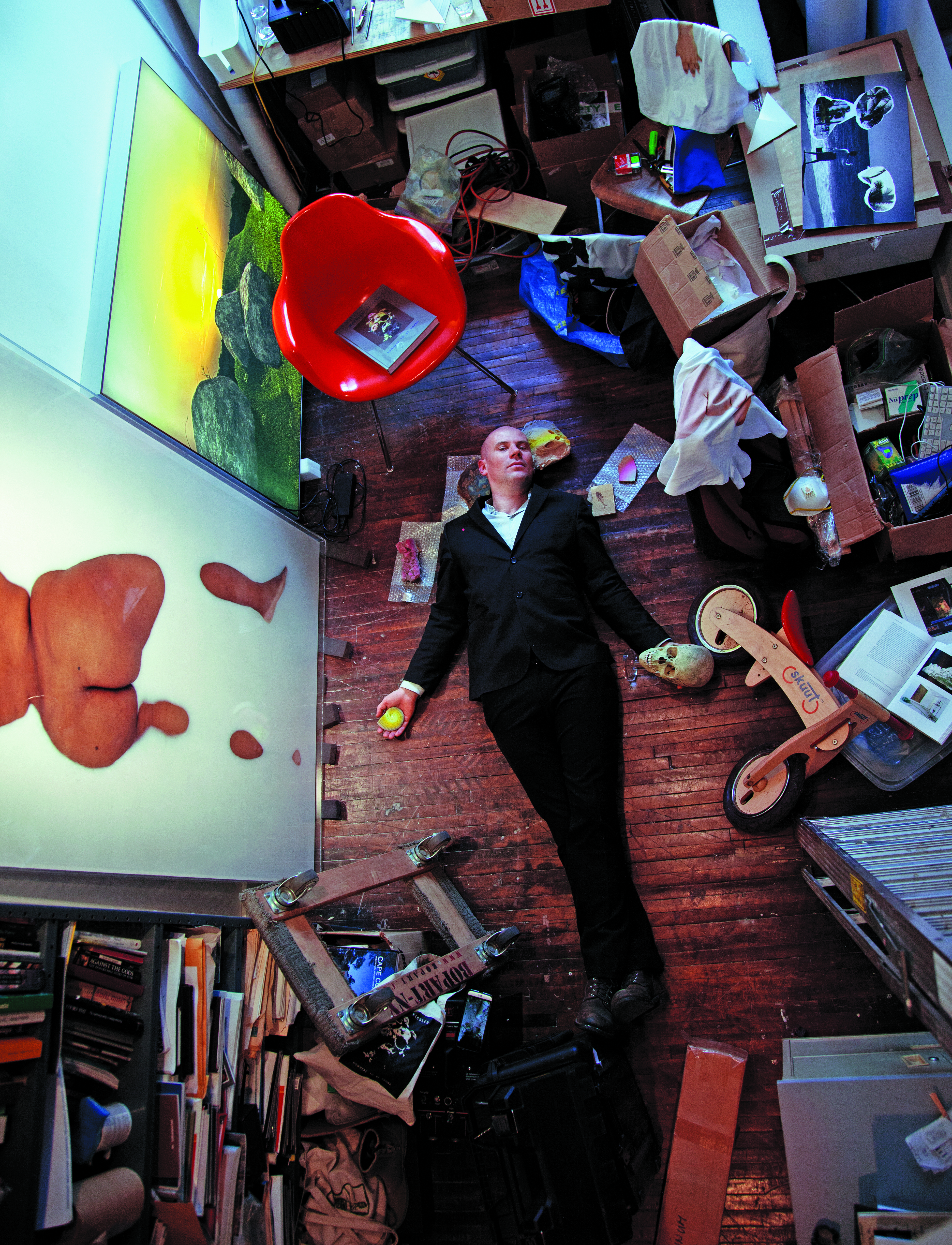
Growing up in the tiny village of Riezlern, overlooking the Austrian ski valley of Kleinwalsertal, a pene-enclave only accessible by car through the southern border of Germany, Mathias Kessler was born into mountaineering and photography. His grandfather started a ski club in 1906 and a photo lab the following year. After World War II, his uncle and father were involved in building a cable car beside the family’s mountainside home, which made it possible for the popular Fellhorn/Kanzelwand ski resort to get off the ground.
Around that time they also began expanding the lab into a postcard business that ended up providing archival images of the resort. In other words, by the time Kessler was a teenager, he was well-versed in the “dysfunction between the image we use for advertising and the reality we create,” he says. “There were all these staging moments in tourism that sort of found me and made an impression on me. It wasn’t just the ski lifts or people coming down the slope in the middle of the night with lights, there was always a show with people being daredevils and jumping and almost killing themselves. All these tourists were seeing how fantastic it was, but I would look at those people and say, ‘You only see half of it.’ You talk about Michael Heizer or Robert Smithson. Every summer I saw whole mountains being moved to make new space for the ski lift and downhill piste.”
These early impressions—and his growing fascination with image culture—laid a foundation for an art practice that melds adventure travel tours and steroidal nature photography, virtual reality-derived landscapes and immersive living environments, or even beer-fueled happenings and gradient-sprayed fossil sculptures.
“I feel like nature has become virtual reality, and it’s a camouflage,” says Kessler. “Even my social media is a camouflage. I’m posting images that may or may not be related to myself. I think the same is true for the natural world. We sort of project our natural desires into it.”
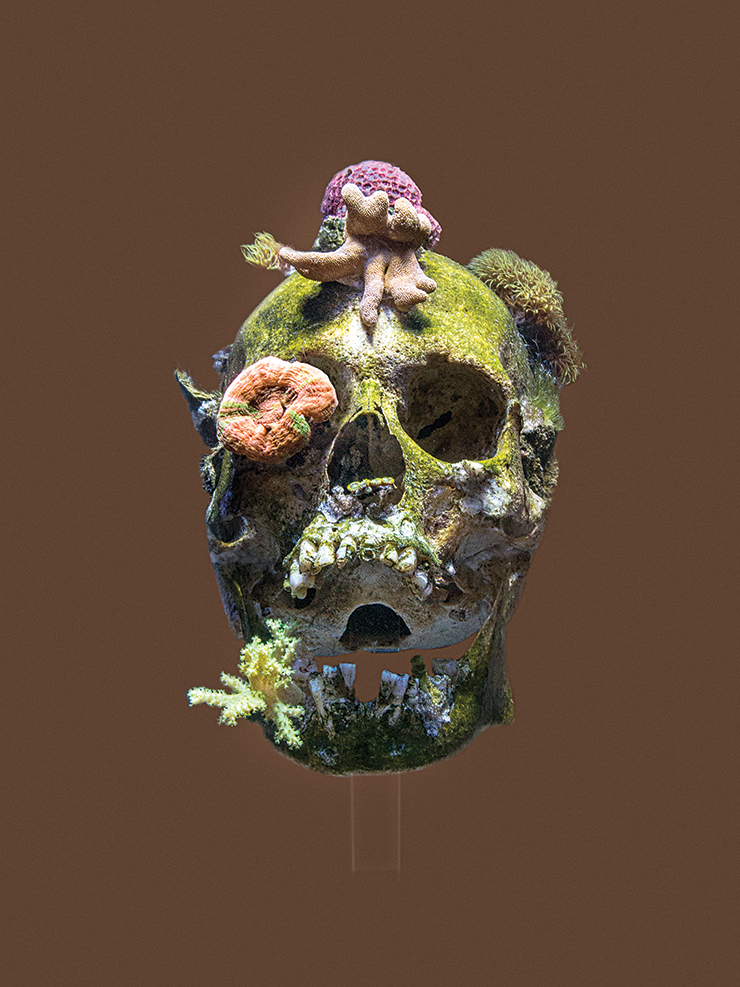
Kessler’s fascination with the increasingly violent intersections of the man-made and natural worlds took root in Austria but was solidified after a series of trips down the Amazon in a dugout canoe with a buddy in the early nineties. “Every time I went back I realized the Amazon was getting smaller and smaller and more people were moving in, so there was this sensation that we were everywhere,” says Kessler, who worked as a commercial photographer in Linz and Vienna until he moved to New York in the late nineties, where he shot campaigns for top brands (Nike), magazines (GQ) and newspapers (The New York Times). All the while he was building up the body of work that launched his artistic career: 0 Gravity, a series of portraits of obese New Yorkers submerged in tanks filled with rice pudding.
“They were kind of examinations of body and flesh in a post-consumer apocalypse,” says Kessler, who got a huge response from his 2000 debut at New York’s Rare Gallery followed by a series of museum exhibitions across Europe. “I realized that the biology and landscape of the body is so connected with how humans shape the world, from a body of consumed fat to a destroyed landscape.”
This led Kessler to set out on a series of explorations between 2003 and 2009 to capture the quintessential night landscape in the tradition of Ansel Adams. He traveled to dozens of countries, notably capturing the mountain ranges of locations such as Parque La Huasteca in Monterrey, Mexico, his hometown of Kleinwalsertal and the Gran Sabana of Bolívar, Venezuela.
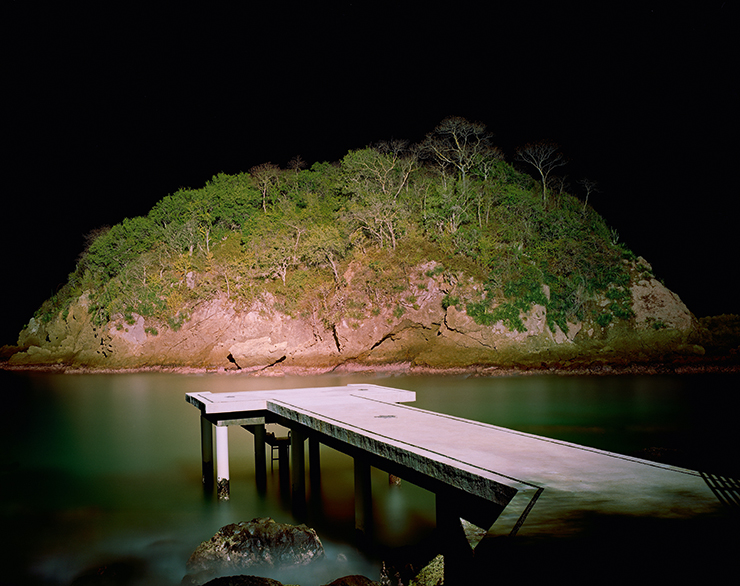
“Ansel Adams was adding to the idea of the romantic landscape from the 19th century by capturing the places we decided to leave untouched,” says Kessler, who took cues from the strip mines he discovered in Venezuela to investigate those in rural West Virginia in a series of aerial photos, which he would later print and wallpaper in geometric configurations on the walls of Frankfurt’s Galerie Heike Strelow, Austria’s Kunsthaus Graz and the Austrian Cultural Forum in New York. “I think that by design we kill the landscape and we kill the whole world down the road,” says Kessler. “It’s just a symptom of the fever and the fever is spreading.”
Though the artist has mounted expeditions to more than 50 countries in his 48 years—be it shipwreck diving off Cuba, hiking across the deserts of La Paz or scouting icebergs with movie lights in pitch black, 40 below zero winter days and nights in Greenland’s Disko Bay—the financial, emotional and physical costs have taken their toll. “I’ve learned from experience that people will freak out on me to the point of threatening me,” says Kessler of his larger-scale productions, noting that the cold and darkness in Greenland caused his collaborators to “really lose their minds.”
As a result, he’s been moving away from capturing images of the natural world to recreating experiences of it. The works—some permanent, some ephemeral, many of which are actually alive—show the fragility of our relationship to nature in this over-mediated, hyper-connected world. They include guided boat tours of the Danube River, Icelandic fjords or the East River with friends which he records with line drawings; simulated environments of Antarctic adventures complete with engine oil fragrances and refreezing mirrors; a photographed virtual reality rendering of Caspar David Friedrich’s iconic seascape, The Sea of Ice; billboards with photos of computer-generated sunset simulacra; or Nowhere to Be Found, a modernist fish tank (not unlike Jeff Koons’s One Ball Total Equilibrium Tank) filled with a human skull overgrown with coral that can feed off the bone calcium for two decades.
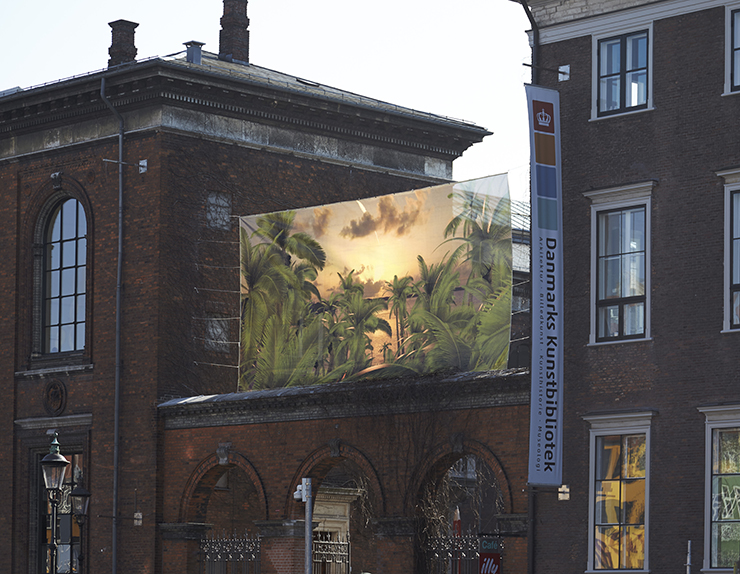
Independent curator Dieter Buchhart, who assembled the recent “Schwitters Miró Arp” survey at Hauser Wirth & Schimmel, showed Nowhere to Be Found alongside works by Joseph Beuys, Felix Gonzalez-Torres and Warhol in a 2012 group show, “The Nature of Disappearance,” at Marianne Boesky Gallery. “It was one of the most impressive pieces in the show,” says Buchhart. “It was very special because it incorporated the aspects of science, climate change, exploration and vanitas, and it worked with chemical processes so you could also call it a memento mori. What Mathias does is make you actively part of the process even though you won’t see anything happen while you’re looking at it—you’ll see it after three months or three years.”
In addition to welcoming his first child, Kessler’s attentions of late have been focused on expanding two strains of his practice: living environments that include everything from butterfly habitats to acrobatic pole dancers and minimalist sculptures hewn from slabs of marble (or Mesozoic fossils) with digitally-rendered sunset gradients applied with spray paint. “I often refer to art history as this Photoshop layer that just gets flattened,” says Kessler. “Marble is art history, but then you have this minimal gradient that’s kind of a sunset and kind of a landscape, but it also comes out of a virtual reality because it’s produced on Illustrator. It’s like a Photoshop layer where you press flatten and it compresses everything.”
These flattened works have recently materialized alongside Camille Henrot, Adrián Villar-Rojas and Rachel Rose at “The Home Show” the acclaimed micro-survey inside the Manhattan apartment of artist and producer Asad Raza; at Site:Lab for the 2016 Art Prize in Grand Rapids, Michigan; and in a recent group show with Catherine Opie, Tacita Dean and John Divola about the sun as a photographic subject at the Columbus Museum of Art. “Mathias is one of the artists I know who is always exploring this threshold between human perception and non-human worlds, environments, organisms and processes,” says Raza. “He comes from outside the Marian Goodman, Chantal Crousel and Kurimanzutto world, but maybe not for too much longer.” The full range of this perception-bending oeuvre is currently on display in a multimedia mid-career survey—with weekly interactive “social sculpture” engagements inspired by those of Joseph Beuys—at the Boulder Museum of Contemporary Art through May 29.
“A lot of artists are seeking the surface,” says Buchhart. “Mathias is searching for the stuff below.”

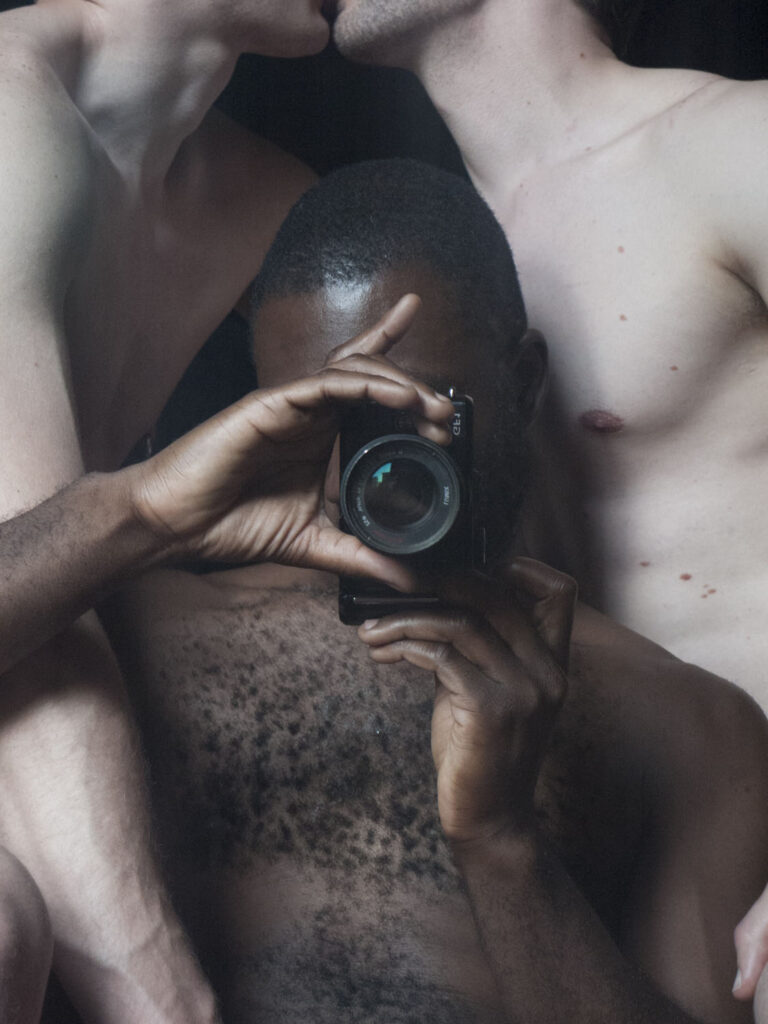
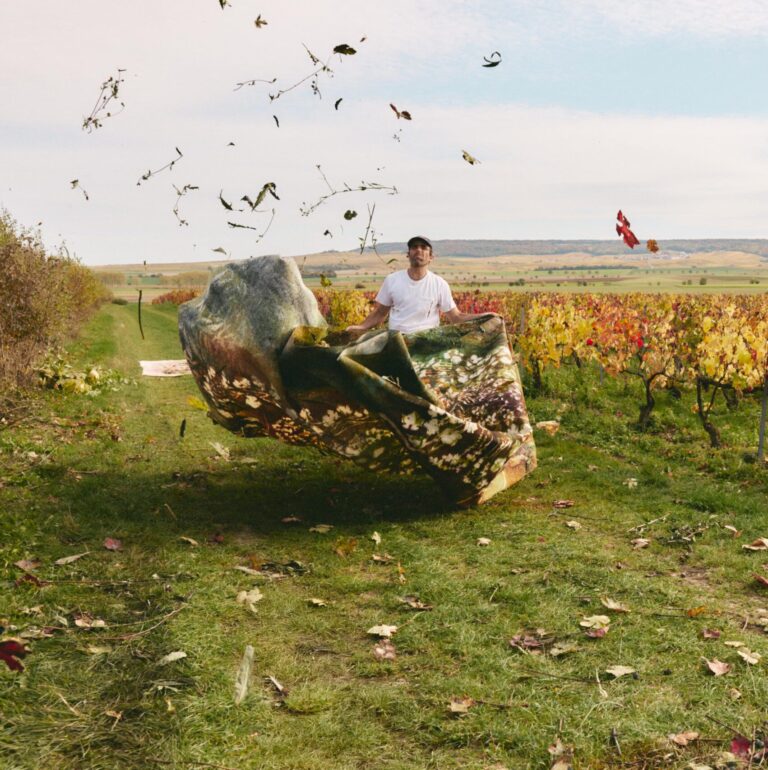


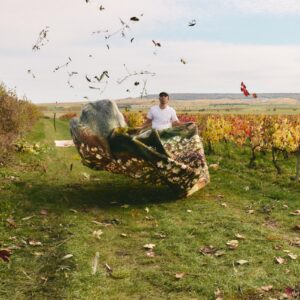




 in your life?
in your life?

